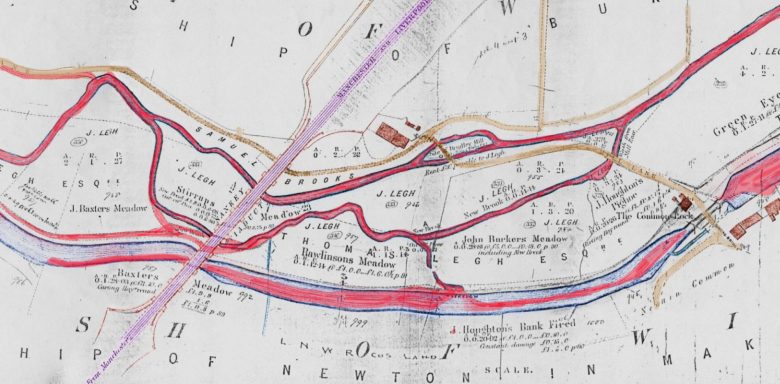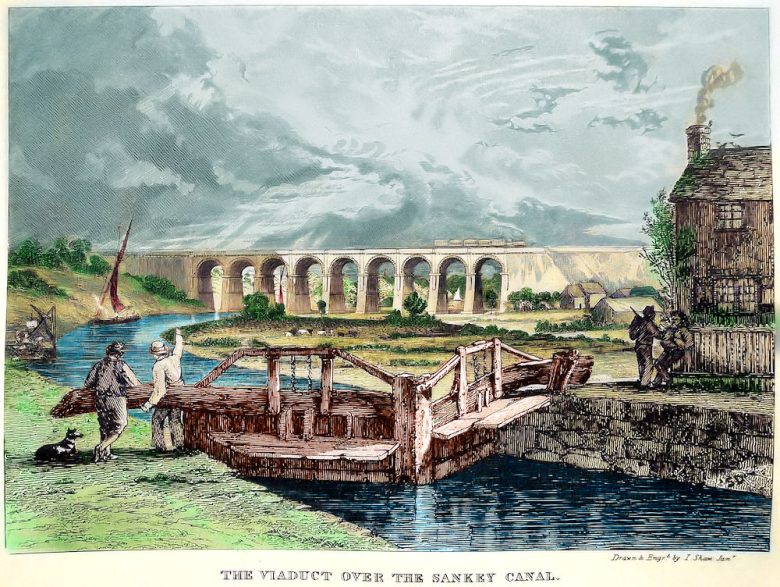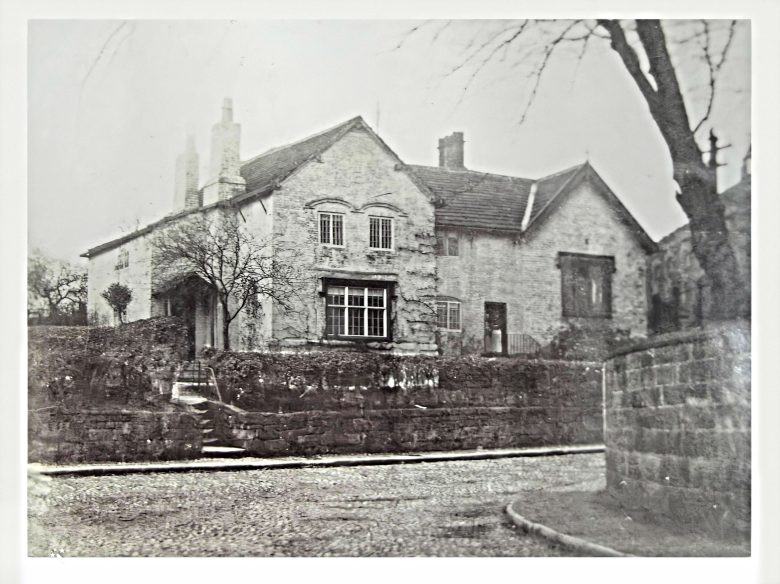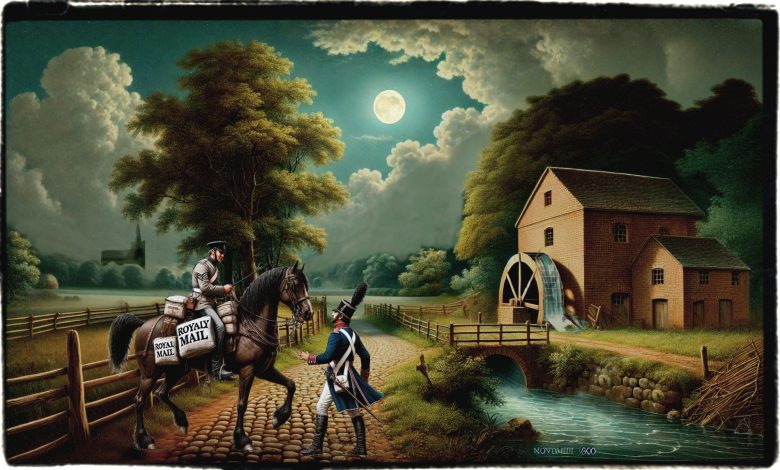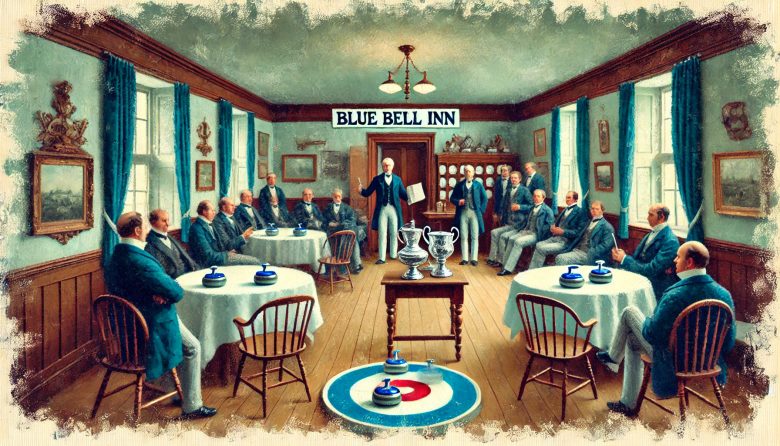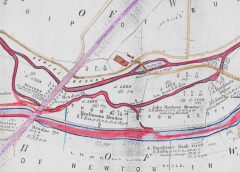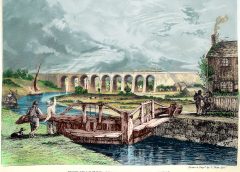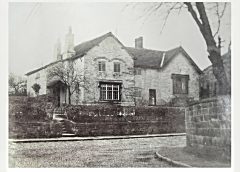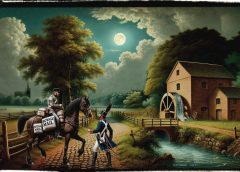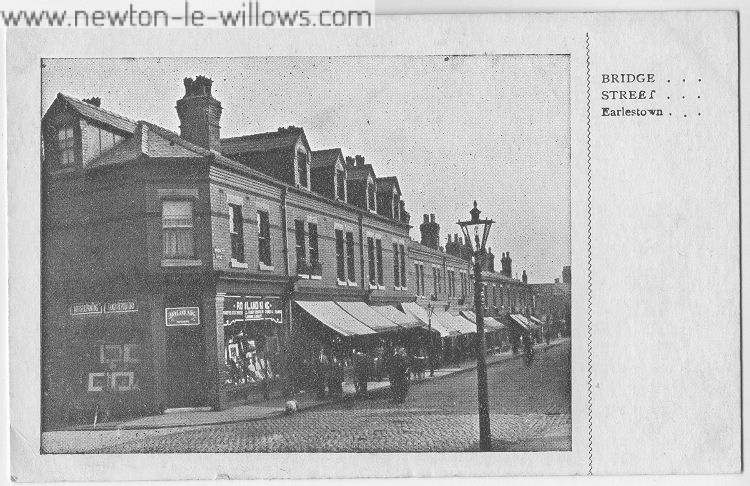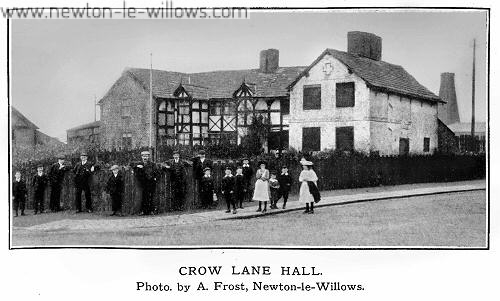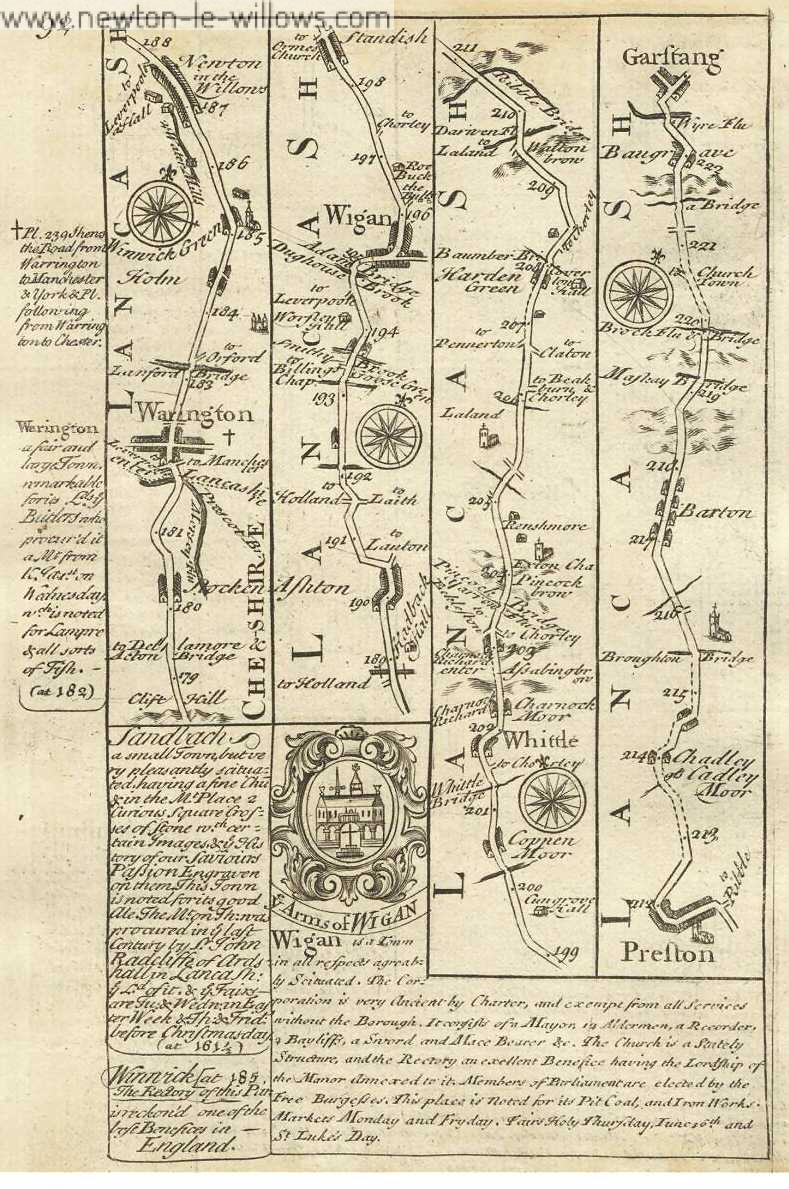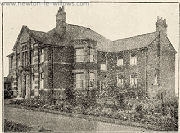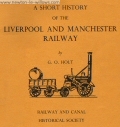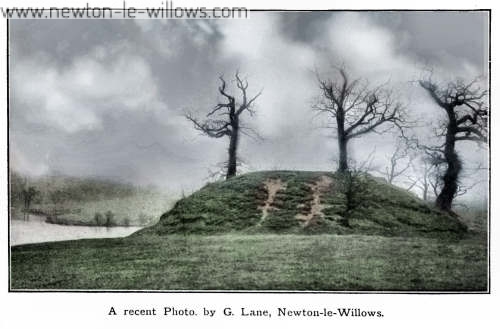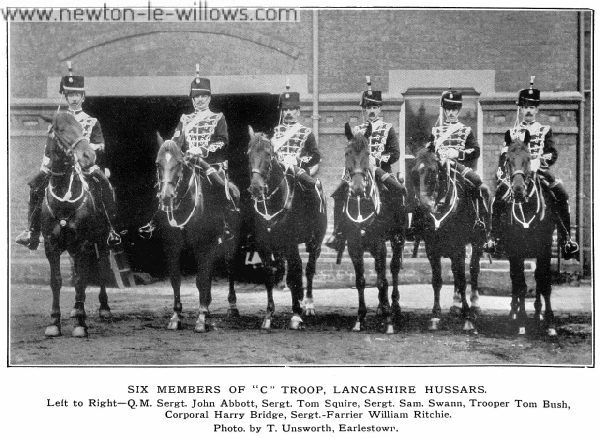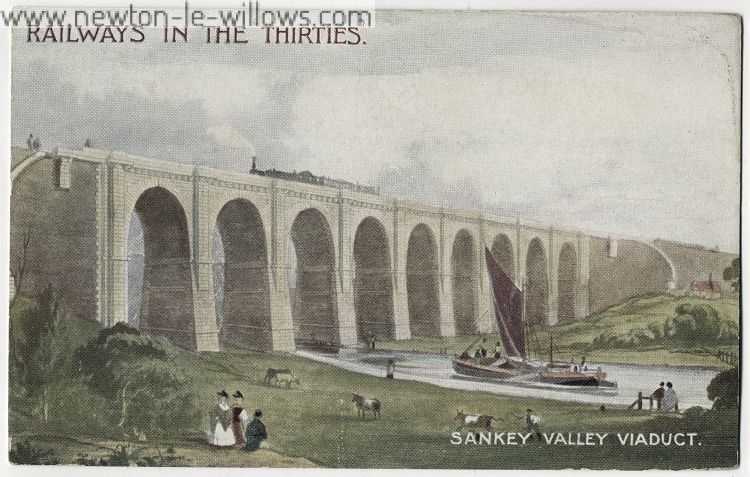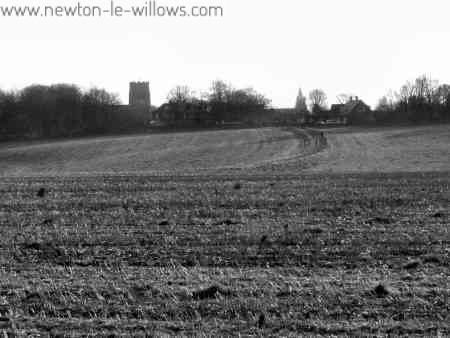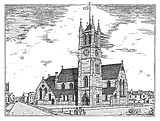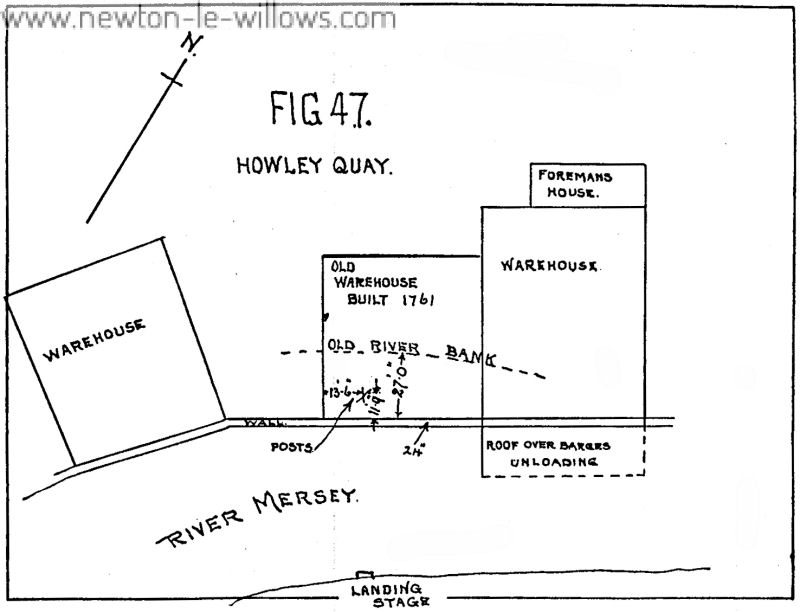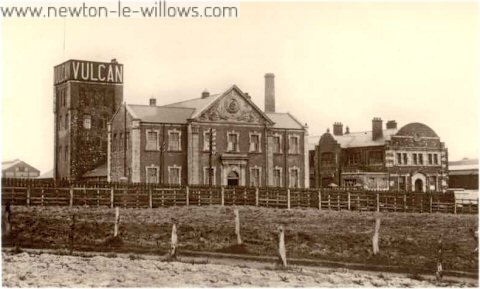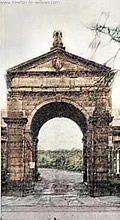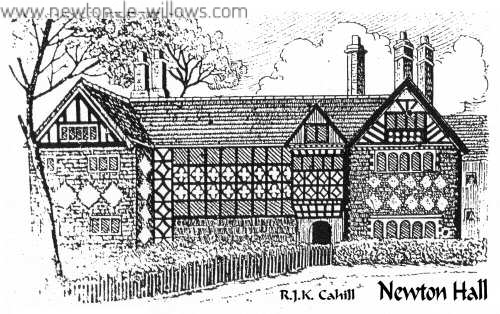14th May 1915: EXTRA ORDINARY SCENES. Earlestown on Monday night was the centre of a scene absolutely unprecedented in its history. The primary cause was of course; the bitter feeling that has been gradually growing stronger against German aliens throughout the country a feeling which reached fever heat on the day following the sinking of the “Lusitania,” gathered in intensity on the Sunday, and then, when Mondays papers told the tale of how Liverpool, had set the example on Sunday evening, it rose to such a height here that there…
Read More >>Newton Hall & Crow Lane Hall
The videos below were taken by myself at Newton Library, they show the talk given by Mark Adams from Liverpool Museum, who conducted the archaeological excavations at the sites of Newton Hall in early 2006 and Crow Lane Hall in late 2007.
Read More >>1872 – Vulcan Foundry Rules
Ken Harding one of the website visitors sent me quite a few local photos that he had scanned, one of the items he scanned was this document, Its a copy of the Rules and Regulations from the Vulcan Foundry, dated Jan 1st, 1872. I added the photos Ken sent into the photo gallery, but the rules document would not have been readable displayed in the gallery, so I have transcribed it for you to read If you click the read more link below this text, you will be able to…
Read More >>Newton-in-the-Willows
I was sent the whole page, but its a very large scan, so i have cut out just the main section of it for you here.
Read More >>War Memorial Hospital
The idea of a Cottage Hospital for this district took shape almost immediately the South African War was over. Although some efforts had previously been made the idea did not appeal to the public until the end of the war, when they entered into the scheme with increased interest. Two War Memorials have been elected in the township, the fIrst of these was to the memory of our townsmen who fell or served in the Boer War. This is well-known to all residents as standing prominent in its position by…
Read More >>History of the Liverpool and Manchester Railway
On Sunday 18 September 1955 several founder members of the R. & C.C.S. visited Rainhill, Parkside, Newton and other historic places on the Liverpool and Manchester Railway. This is a short history of the railway, prepared earlier the same year by G.O. Holt for the Railway and Canal Historical Society, I transcribed this from the publication they produced. A SHORT HISTORY OF THE LIVERPOOL AND MANCHESTER RAILWAY Any history of this line must begin with a tribute to the enterprising spirit that brought about its great success. For several years…
Read More >>Rokeden – Poem by J H Lane
There is not in dear Newton a picture so pretty As the green rocky dean at the north of the town; Oh, the sight of this valley inspires a sweet ditty, Of sprightliest measure, its beauties to crown. From the old Castle Hill to the Lady Hill stretching, What a sylvan display greets the visitors eye! A succession of scenes worth an artistic sketching In bright colours to equal the bow in the sky. First the bridge oer the lake claims the life-limning brushes, With its background of trees on…
Read More >>The Newton in Makerfield Volunteers
In 1803, when there commenced a period of twelve years of imminent danger of invasion, and a force of volunteers, stated to amount to 463,134 men, was raised for local service. At this time a corps was formed in Newton with Thomas Claughton, Esq., of Haydock Lodge, as colonel, from the Orderly Book of which corps (now in the Warrington museum) we give a few extracts:- Newton, Octr. 2nd, 1803 R.O. Mercury, 10 die Augusti, 1803 Resolved, nemine contradicente Ordered… That a copy of the resolution of the House of…
Read More >>Tommy Burns jump off the 9 Arches?
Tommy Burns was a young Widnes man who had been causing no end of a sensation up and down the country by his high diving feats. He laid no claims to being a great) swimmer but he had cer?tainly perfected the art of diving. Height never daunted him, he always gave a per?fect performance and did not demand very deep water for he had no sooner cut the water than he was swimming on the surface Burns was travelling about the country giving exhibitions of diving for what he could…
Read More >>Castle Hill (Road)
This road is clearly visable going straight across the fields towards the mound, at some points the trackway (road) is over 2 meters higher than the surrounding fields. This next image will take a while to download as its 150kb, sorry its a little larger than normal, but its a full 360 degree view of the area. You can see clearly in this view that the Castle Hill Rd, snakes across the fields from Newton high st directly to the mound, The M6 moterway being the first thing to break…
Read More >>ST. John the Baptist, Earlestown Parish Church
Canon Whitley, Rector of Newton-in-Makerfield, recognised that the population of Earlestown was growing and there was a need for their own Parish Church. On May 27,1874, Canon Whitley, called a meeting at which it was decided to build a new church in the Earlestown area. The Original Design by Whitley & Fry of Dover The original plans for the Church were drawn up by Messrs. Whitley & Fry of Dover and they produced a design for a building in Early English style to seat 900 persons and costing an esitmated…
Read More >>Vulcan to Warrington: The Roman Road
THE ROMAN ROAD FROM NEWTON BROOK TO THE SOUTH OF THE PARISH CHURCH, WARRINGTON. An account of the investigation carried through by G. A. Dunlop, F.S.A., and Colonel B. Fairclough, C.M.G., D .S .0. [Reference Maps, Ordnance Survey, 6 inches to 1 mile ; Lancashire, sheet CVIII, NE., 1928 ; Lancashire, sheet CVIII, SE., 1929 ; Lancashire, sheet CIX, SW., and Cheshire, Part sheet XVI, 1908 ; Lancashire, sheet CXVI, NW. Cheshire, Part sheets XVI and XVII, 1929.] INTRODUCTION. THE Ordnance Survey Maps, Lancashire, sheet CVIII, NE., and Lancashire, sheet…
Read More >>A visit to the works of the Vulcan Foundry, 1927
The party travelled by 1.0 p.m. train from Exchange Station, Manchester, to Earlstown Junction, a saloon having been engaged for their accomodation. On arrival at the works at 1.45 p.m., the party were welcomed by Mr. Whalley, and also Mr. Lane, Works Manager, who together with other members of the staff, personally conducted the members round the works. Much interest was displayed in the three-cylinder compound engines which were being built for the L.M.S. Railway Company. There was evidence on every side of up-to-date methods of manufacture and good workmanship.…
Read More >>Randalls Nurseries / The Arch, Newton High St
Colonel Thomas Peter Legh was the person who originally Built the Archway we now see in Newton High Street, It was built as a gateway to Haydock Park/Lodge, Peter Legh was still a serving Officer at the time the Arch was being built, and while away at camp he apparently left orders with the workmen that he should be the first person to pass through the arched gates after their completion. His orders were of-course obeyed, but unhappily for Col. Peter Legh, he was borne through them first when Dead,…
Read More >>The History of Newton Hall
The History of Newton Hall , Newton-le-Willows Introduction During the course of the research many details were found relating to Newton Hall in Newton-le-Willows (formerly Newton in Makerfield). These include not only the names of a number of the owners and occupiers but also a description of the interior of the property and some of the earlier history of the site. It would appear that Newton Hall stands on the site of or at least very close to the site of another property, long gone. Built in 1634, the later…
Read More >>